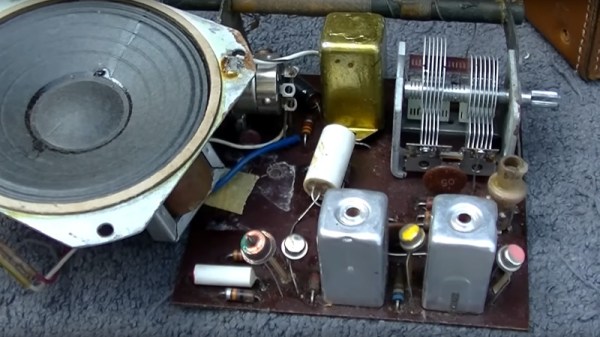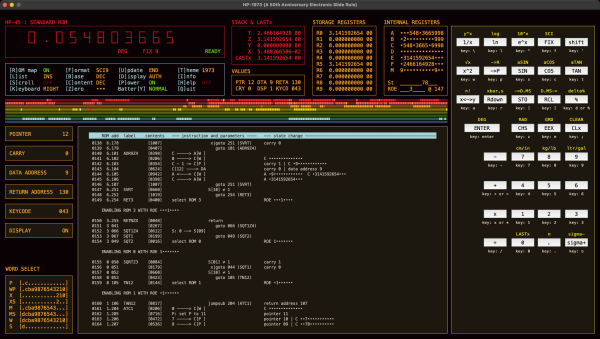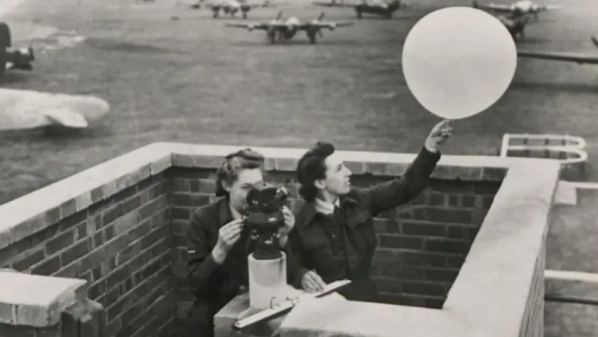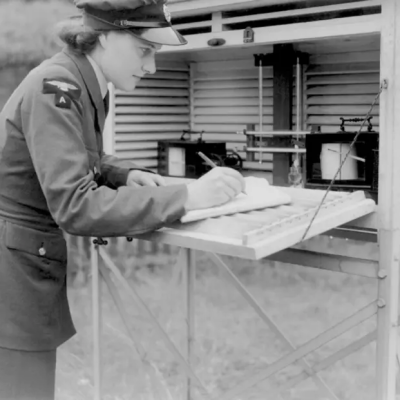Here in 2023 the field of electronics covers a breathtaking variety of devices and applications, but if we were to go back in time far enough we’d enter an age in which computers were few and far between, and any automated control systems would have been electromechanical at best. Back in the 1950s the semiconductor industry was in relative infancy, and at the consumer end electronics were largely synonymous with radio. [Shango066] brings us a transistor radio from that era, a Jewel TR1 from about 1958, that despite its four-transistor simplicity to our eyes would have been a rare and expensive device when new.
As you’d expect, a transistor radio heading toward its 70th birthday requires a little care to return to its former glory, and while this one is very quiet it does at least work after a fashion. The video below the break is a long one that you might wish to watch at double speed, but it takes us through the now-rare skill of fault-finding and aligning an AM radio receiver. First up are a set of very tired electrolytic capacitors whose replacement restores the volume, and then it’s clear from the lack of stations that the set has a problem at the RF end. We’re treated to the full process of aligning a superhet receiver through the relatively forgiving low-frequency medium of a medium-wave radio. Along the way, he damages one of the IF transformers and has to replace it with a modern equivalent, which we would have concealed under the can from the original.
The video may be long, but it’s worth a look for the vintage parts if not for the quality of radio stations on the air today in California. For many readers, AM broadcast is becoming a thing of the past, so we’re not sure we’ll see this very often.
















